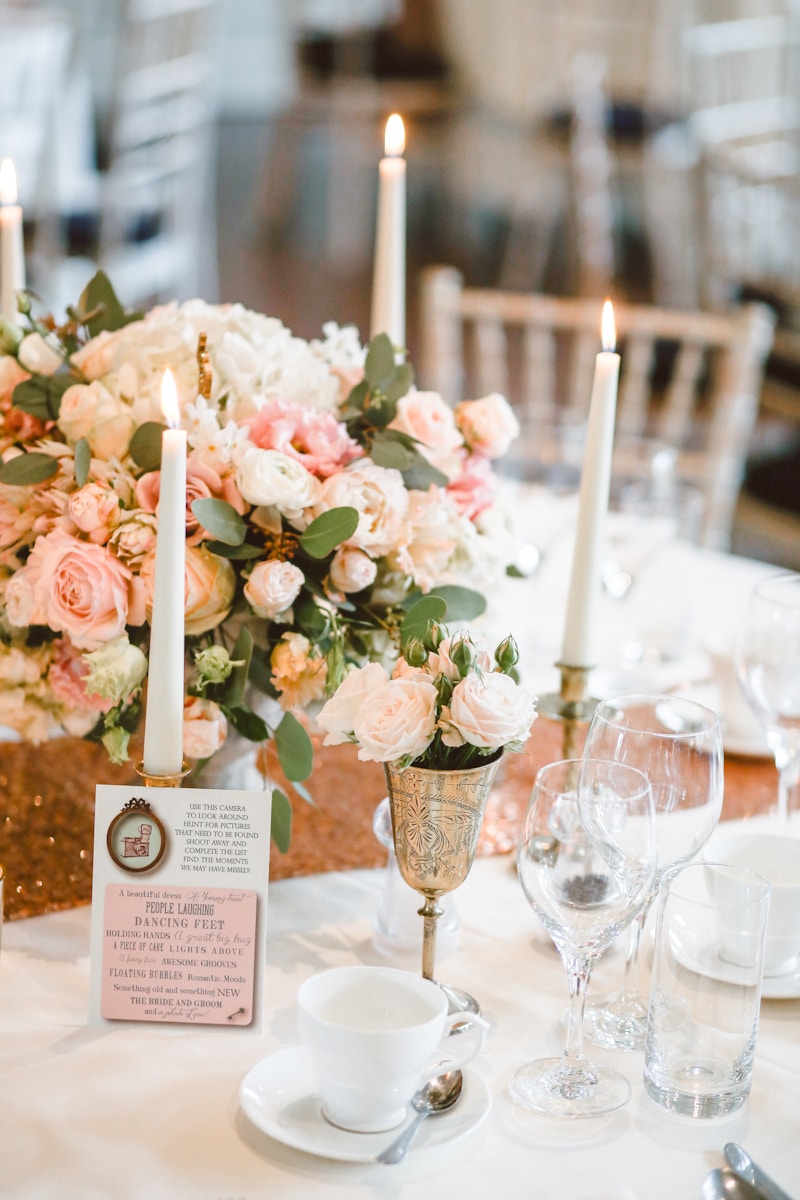Mastering Your Finances: Setting a Wedding Dress Budget for Your Big Day
Planning a wedding is no small feat, and one of the most critical aspects is setting a budget for your wedding dress. This task can often feel daunting, but with the right approach, you can achieve a balance between your dream dress and your financial reality. This article will guide you through the essential steps of creating a wedding dress budget, how to prioritize your spending, and some tips to find the perfect dress without breaking the bank.
Why Setting a Wedding Dress Budget Matters
Your wedding dress is more than just fabric; it symbolizes a significant moment in your life. However, it’s essential to recognize that this valuable piece should fit within your overall wedding budget. The average cost of a wedding dress varies greatly depending on various factors such as location, designer, and embellishments.
The Average Wedding Dress Cost
According to recent surveys, the average cost of a wedding dress in the United States is around $1,800. However, prices can range from a few hundred dollars to tens of thousands, depending on your preferences and location. Here’s a quick overview of price ranges:
| Price Range | Dress Type | Designer Examples |
| Under $500 | Off-the-rack gowns, budget-friendly brands | David's Bridal, ASOS, Amazon |
| $500 - $1,500 | Mid-range designers and boutique brands | Maggie Sottero, Alfred Angelo |
| $1,500 - $5,000 | High-end designers, customizable options | Vera Wang, Hayley Paige |
| $5,000 and up | Luxury bridal couture | Pronovias, Marchesa |
Steps to Set Your Wedding Dress Budget
Here are some practical steps to help you develop a budget for your wedding dress:
1. Determine Your Overall Wedding Budget
Before setting a budget for your wedding dress, it's crucial to establish your overall wedding budget. Consider all your expenses, including venue, catering, flowers, and attire. A standard guideline is allocating about 5-10% of your total budget to your wedding dress. If you’re working with a budget of $20,000, that means your dress budget should be around $1,000 to $2,000.
2. Prioritize Expenses
Decide what elements of your wedding are most important to you. If the dress is at the top of your list, allocate more funds toward it and adjust other areas accordingly. Conversely, if you’re more concerned with catering or venue, consider spending less on the dress.
3. Research Dress Styles and Prices
Start exploring different dress styles to find what you like. Use platforms like Pinterest and Instagram to gather ideas. Look for dresses from various retailers to see pricing and styles. Knowing the types of dresses you are attracted to will help you set a realistic budget.
4. Factor in Alterations and Accessories
Remember, the cost of a wedding dress isn't limited to the dress itself. You need to consider the cost of alterations, undergarments, shoes, and accessories such as veils and jewelry. These can add an additional $200 to $500 to your total budget. Therefore, include these expenses when determining your dress budget.
Finding Your Dream Wedding Dress
Once you have a budget in mind, it’s time to start shopping. Here are some tips to help you find the perfect gown:
1. Shop Smart
Visit a variety of stores, both boutiques and large retailers. Don’t be afraid to check out sales, trunk shows, and sample sales for great deals. Many bridal shops offer promotional discounts at different times of the year. Knowledge is power, and it can save you a significant amount of money.
2. Keep an Open Mind
Be flexible with your style choices. Sometimes the dress you didn't expect to love ends up being the one. Try on different cuts, colors, and fabrics to see what looks best on you. You may be surprised by how much you enjoy a dress that differs from your original vision.
3. Plan for Fittings Ahead of Time
Schedule your fittings early in the planning process. It’s common for dresses to require multiple fittings to ensure a perfect fit. Make sure to factor in at least a few weeks for alterations, as the last thing you want is to feel rushed before your wedding day.
Common Questions About Wedding Dress Budgets
As you embark on setting your wedding dress budget, you may have questions. Here are some frequently asked questions:
1. Should I Buy or Rent My Wedding Dress?
This decision largely depends on personal preference. Buying allows for a valuable keepsake, while renting can significantly reduce costs. Be sure to assess what’s most important to you when making this decision.
2. How Can I Cut Costs on My Wedding Dress?
Consider second-hand options, borrowing from friends or family, or exploring sales events. Shopping off-season can also provide significant savings.
3. Is it Wise to Buy a Wedding Dress Online?
While buying a dress online can be more affordable, make sure to research the retailer and read reviews. It’s wise to have your measurements taken professionally and consider the risk of returns and alterations.

Final Thoughts
Setting a wedding dress budget is a process that takes careful thought and planning, but by approaching it methodically, you can find the perfect dress that aligns with your financial realities. Remember to remain open-minded during your search, and most importantly, choose a dress that makes you feel beautiful and confident. Good luck, and enjoy the journey to finding the dress of your dreams!
In conclusion, consider the overall wedding budget, prioritize your spending, and keep researching your options to ensure your wedding dress aligns with your expectations. With these tips, your special day will reflect your style and vision without derailing your finances.